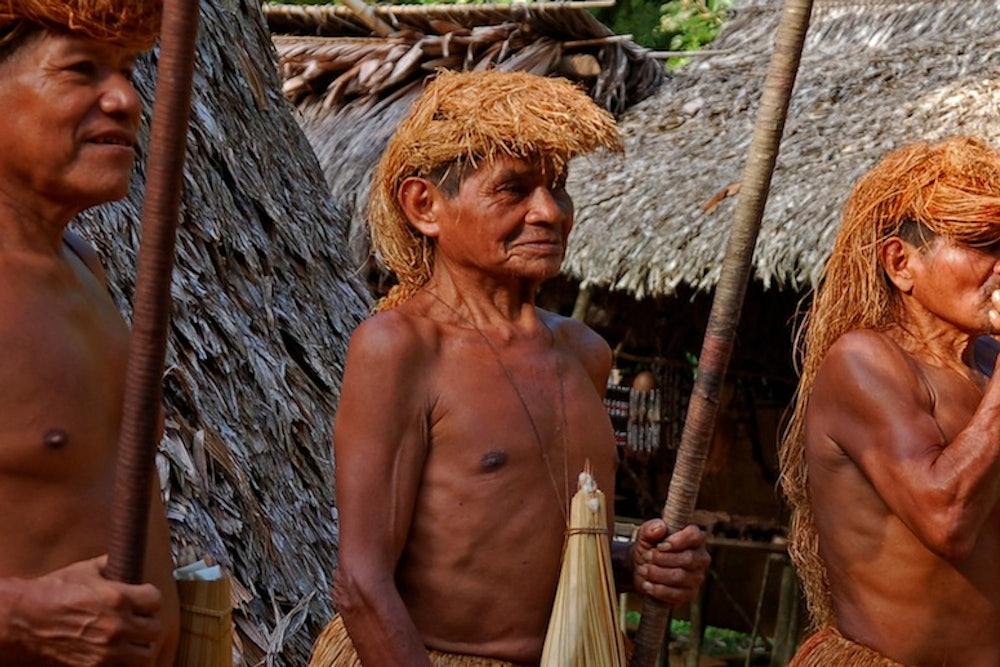Stanford professor Paul Ehrlich made headlines last month when he told journalists that overpopulation and resource scarcity would eventually drive hungry humans to cannibalism. Sensational as that sounds, it’s an old idea: Anthropologist Marvin Harris argued in his 1977 Cannibals and Kings that cannibalism has historically facilitated human population expansion by providing an important source of protein.
Cannibalism is not always about perverse inclinations (like the pair of Pakistani brothers who were sent to prison last week for cooking a young boy in a curry) or apocalyptic predicaments (like the victims of the 1972 Andes plane crash who survived by reluctantly eating the bodies of dead passengers). Many Amazonian, African, and Native American societies have traditionally practiced peaceful, cannibalistic mortuary rituals.
In the 1980s and '90s, South American anthropologist Aparecida Vilaca studied the phenomenon of “endocannibalism,” or the eating of “insiders”—members of the same family or community—among the Wari’ people of the Brazilian Amazon. Until Christian missionaries stamped it out in the 1960s, endocannibalism featured as one of the most important of the Wari’ funerary rituals. Vilaca draws a contrast between endocannibalism and “exocannibalism,” or the eating of “outsiders”: enemies captured in war and foreigners who wandered onto the tribe’s territory. The Wari’ ate outsiders with relish, roasting them and eating them voraciously, with their hands, just as they would consume a big kill. (In a new book, Savage Harvest, journalist Carl Hoffman claims that Michael Rockefeller—the son of Vice President Nelson Rockefeller—fell victim to exocannibalism when he was scouting objects for his father’s museum of primitive art in New York City.)
Vilaca did not witness funerary cannibalism herself, but she embedded with the Wari’ and spoke with people who had. Traditionally, when a member of the Wari’ passed away, the deceased person’s kinspeople would spend a few days rounding up the rest of the community; by the time the funeral took place, the corpse had begun to putrefy in the humid environment. The dead person’s family members would then wail elaborately as non-kin cut up the body. Finally, non-kin would delicately eat little pieces of the human meat, using small sticks as utensils and showing no signs of enjoyment. For the Wari’, eating the dead signifies that the deceased has really passed out of the realm of the living and releases the dead person’s spirit, allowing it to become an acceptable form of edible prey (a white-lipped pecary).
For the Wari', these rituals and the insider-outsider distinctions are important. Because they don’t consider outsiders full persons, and because they eat their own dead relatives only after they’ve been turned into something “other,” they don't consider themselves cannibals.
